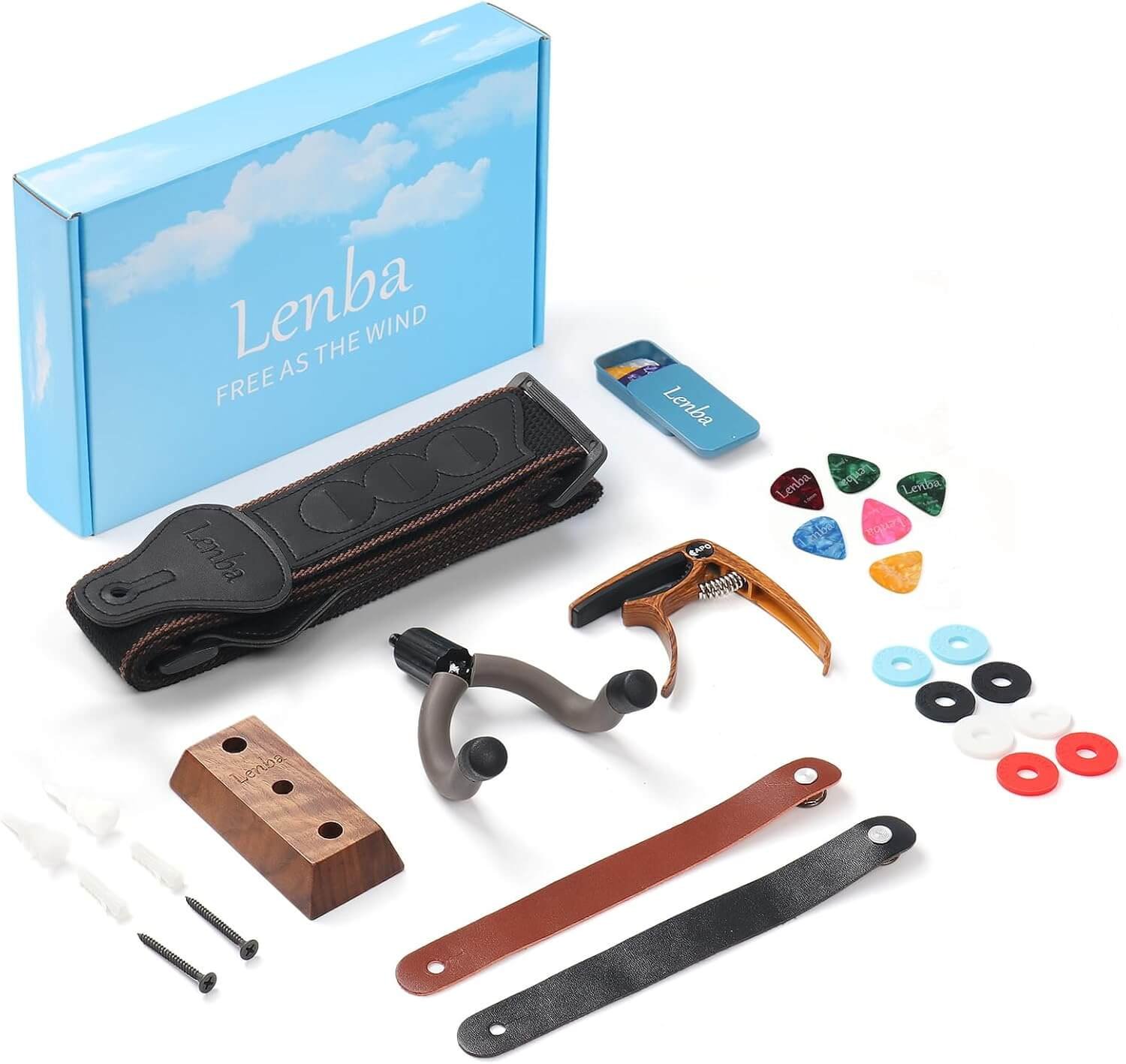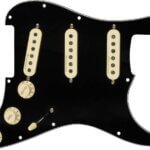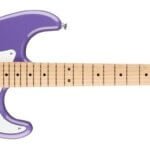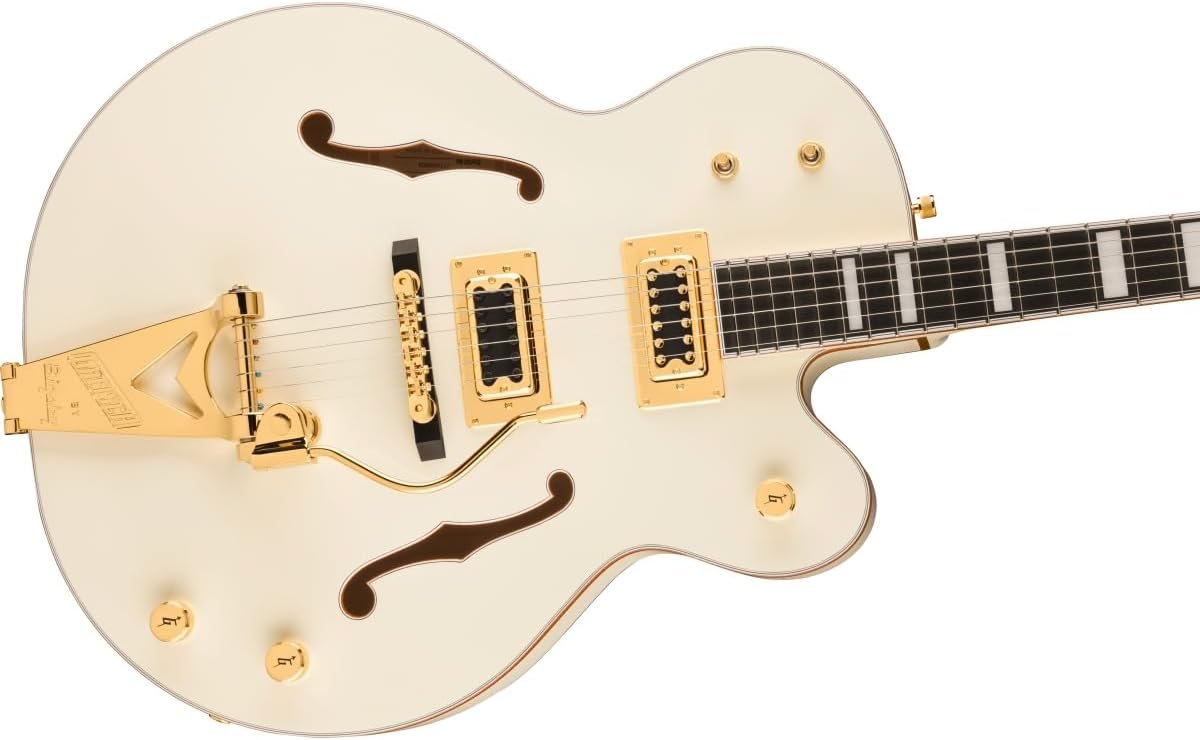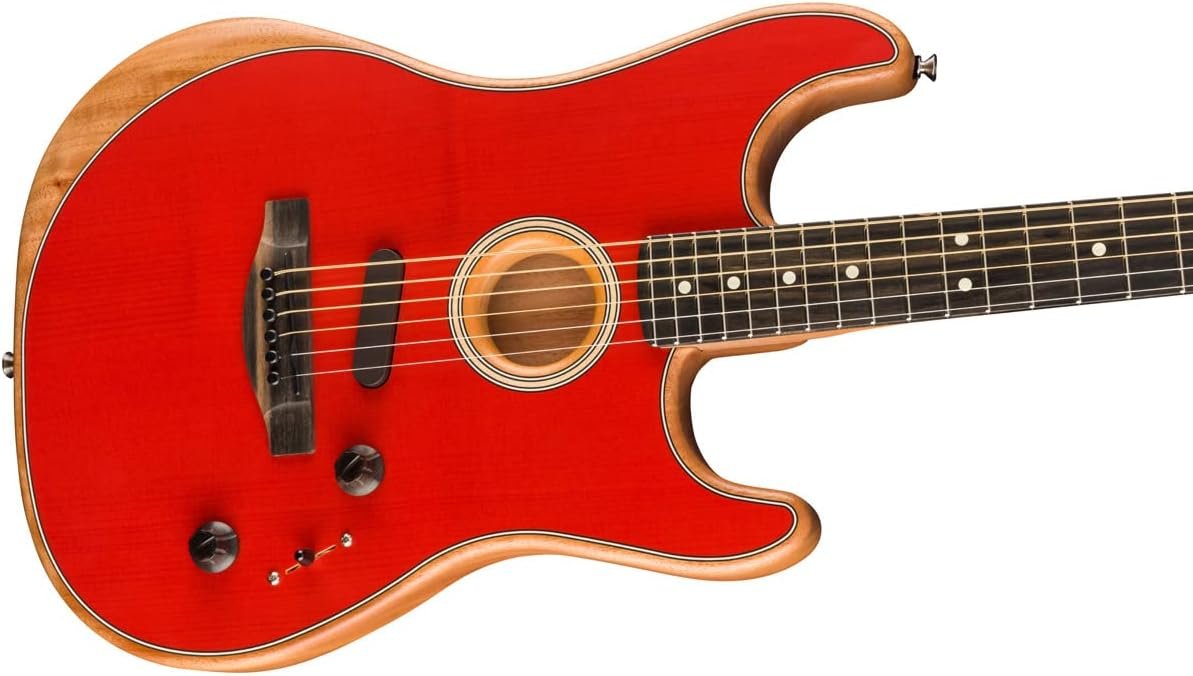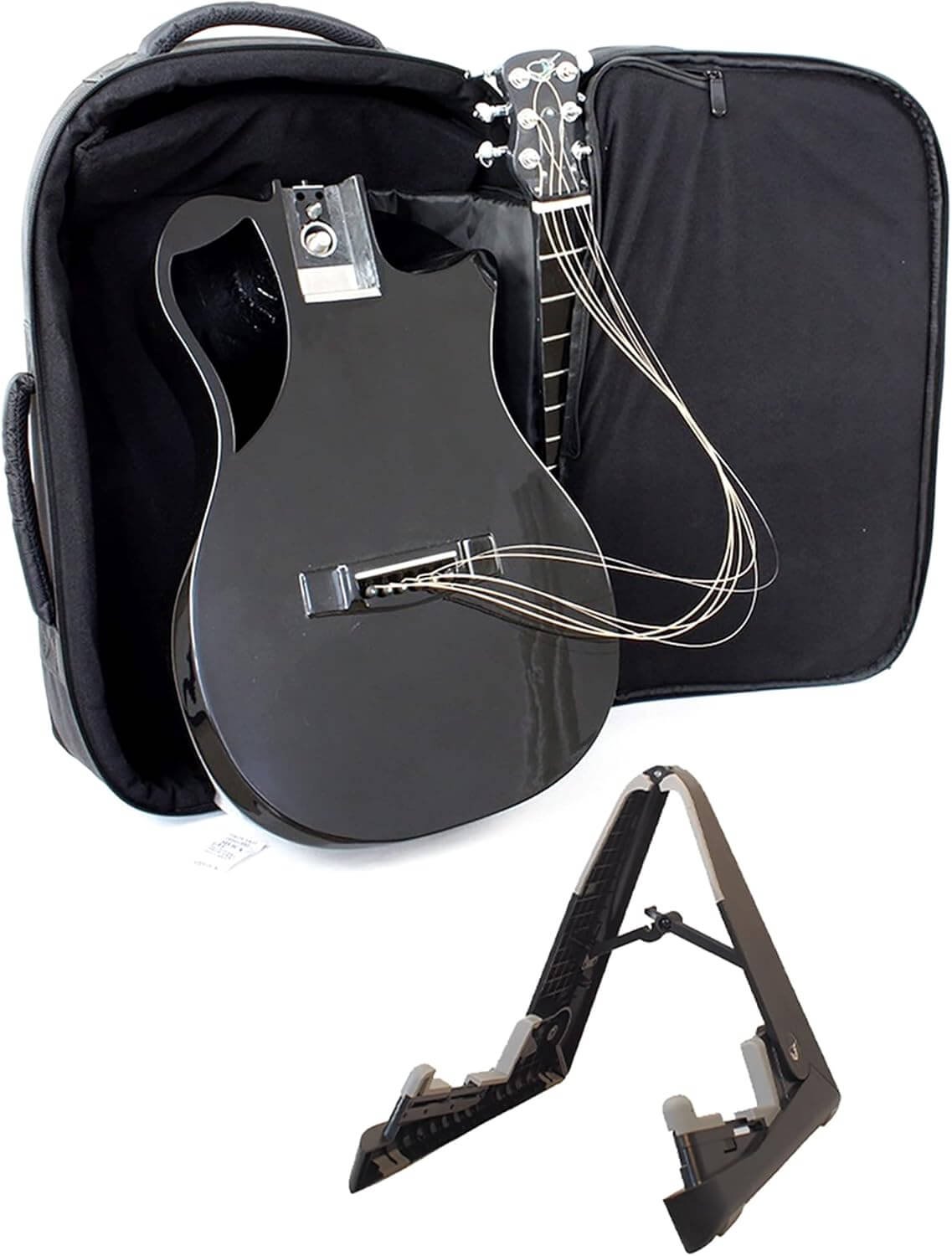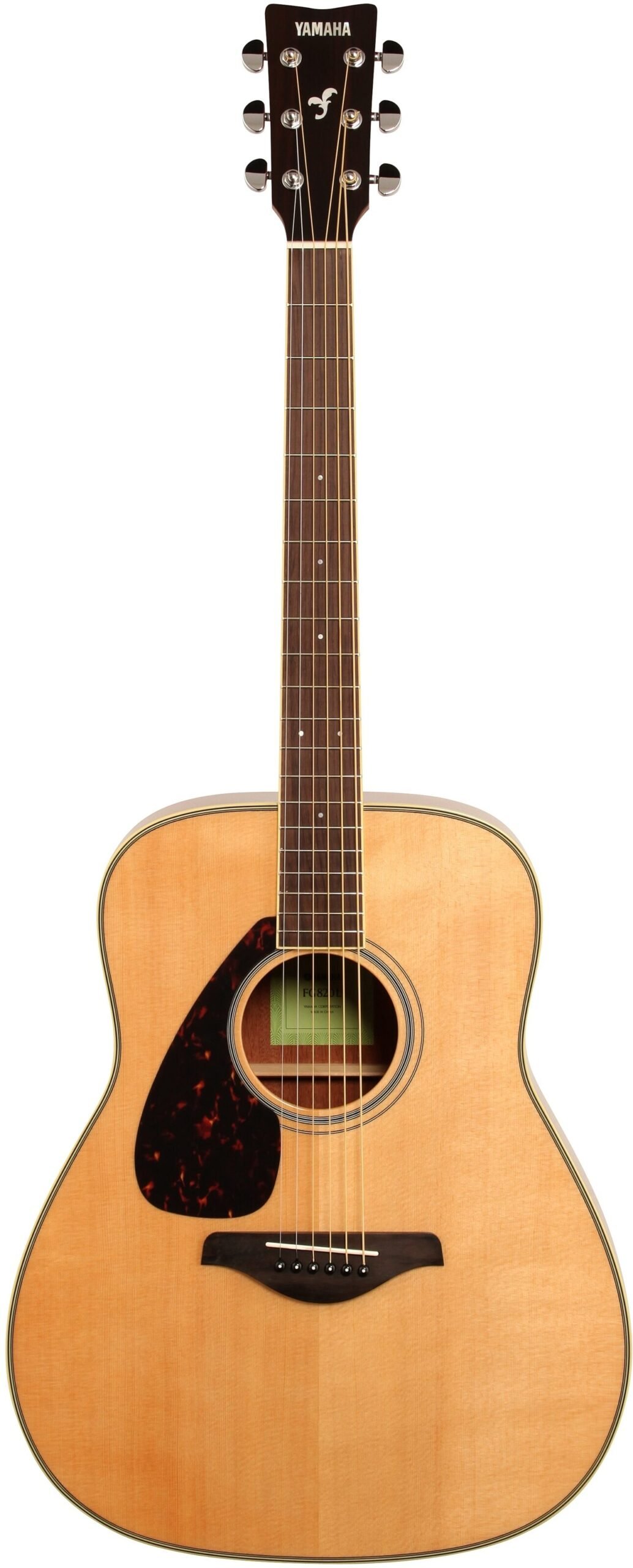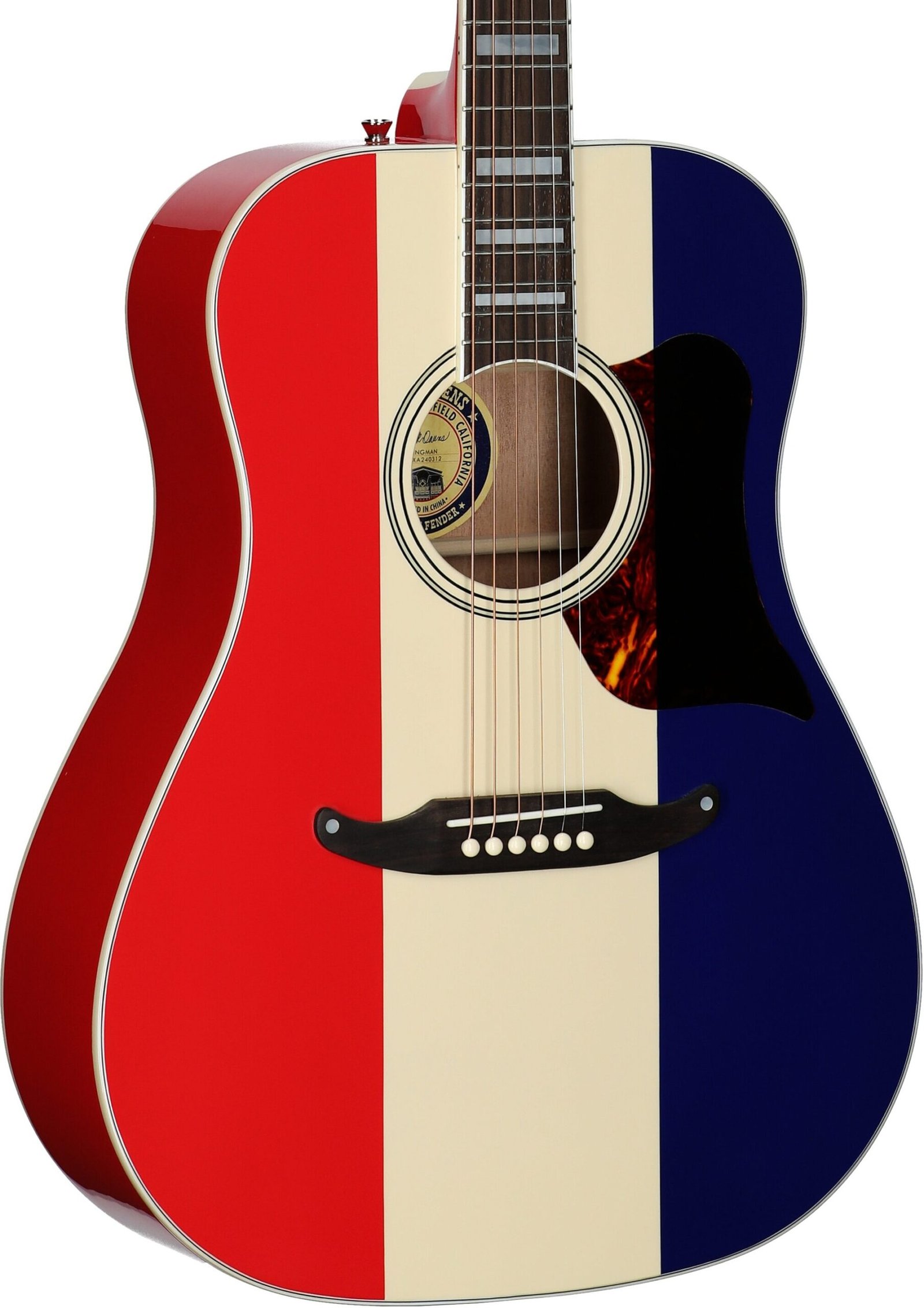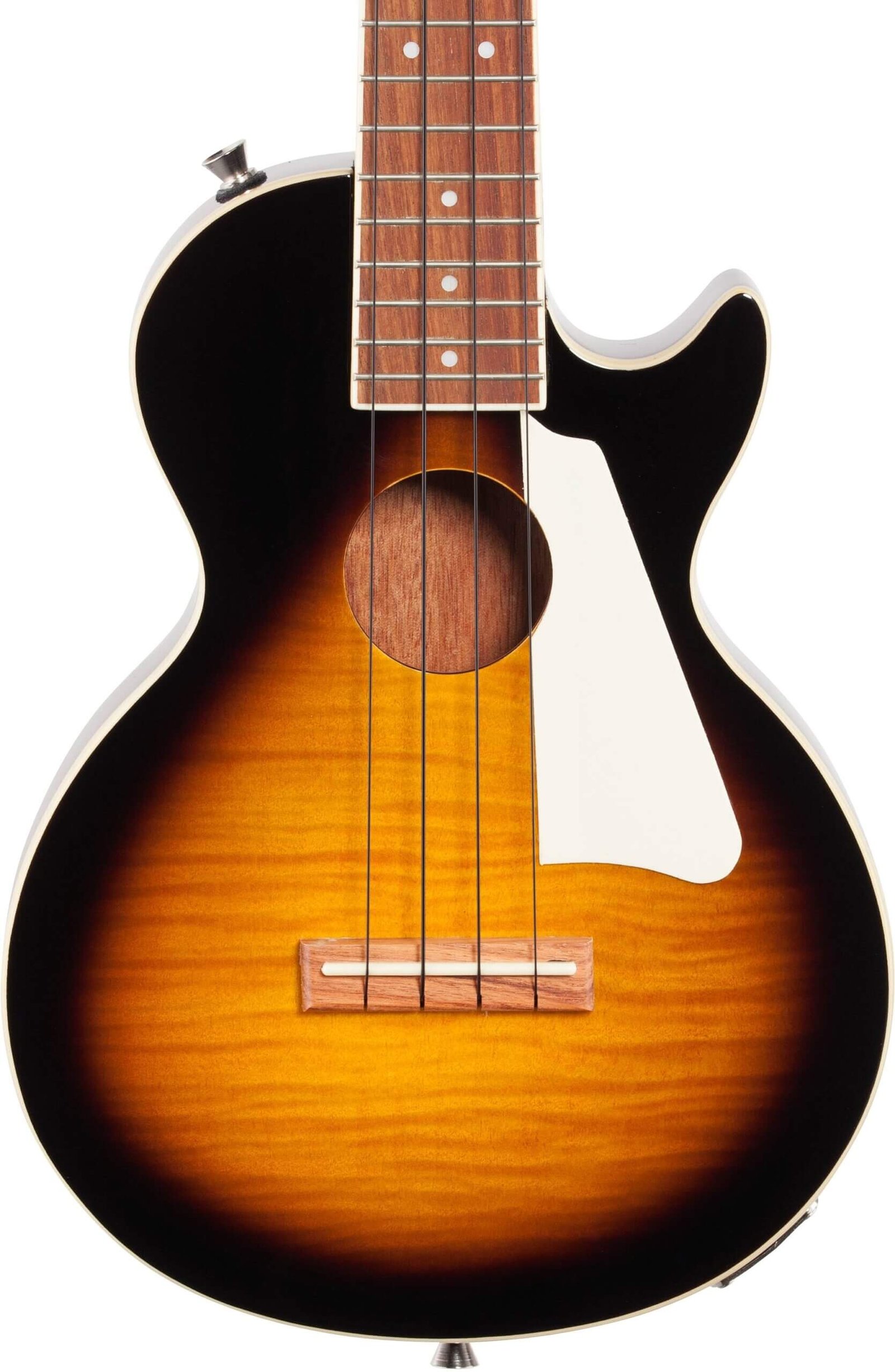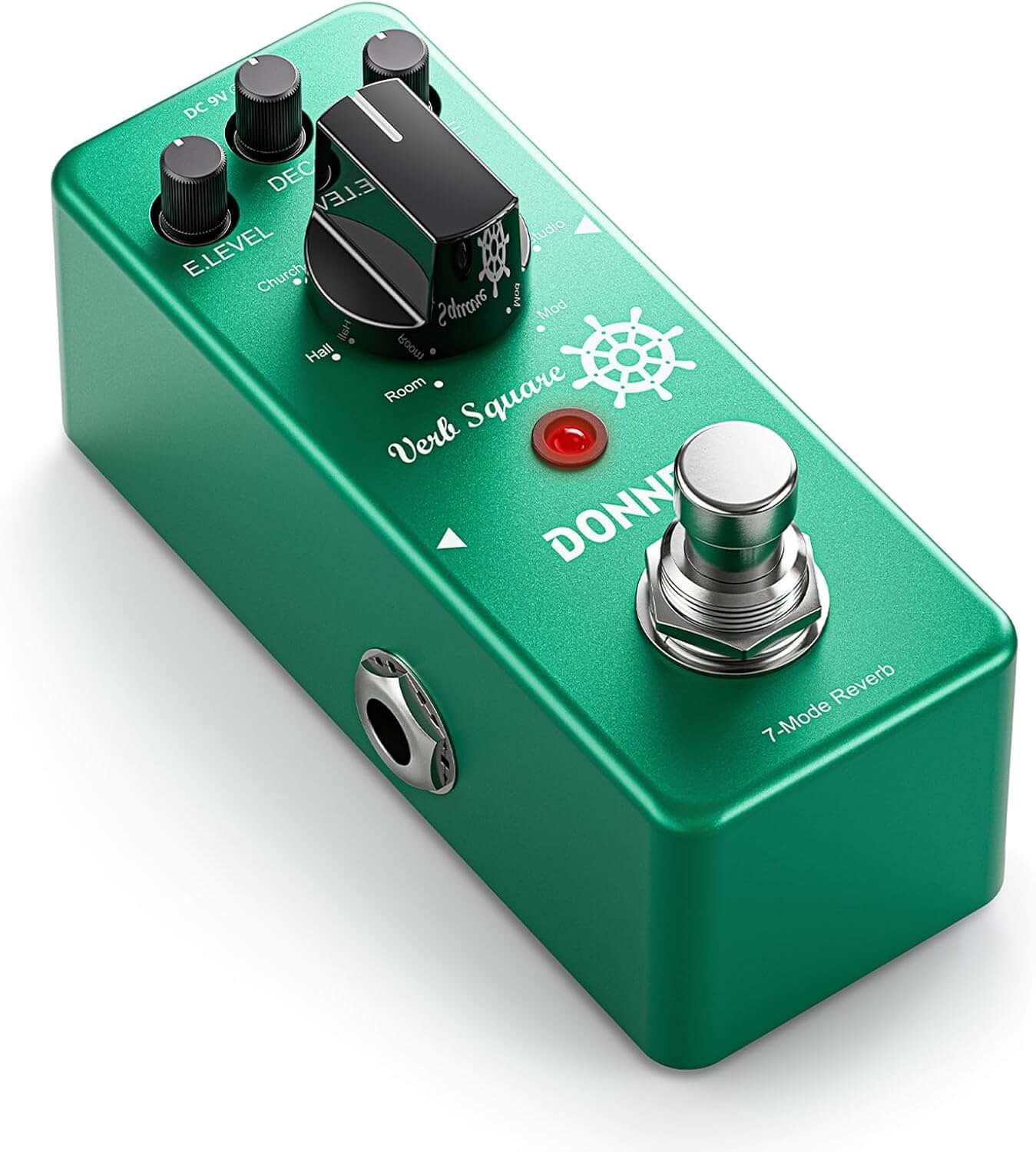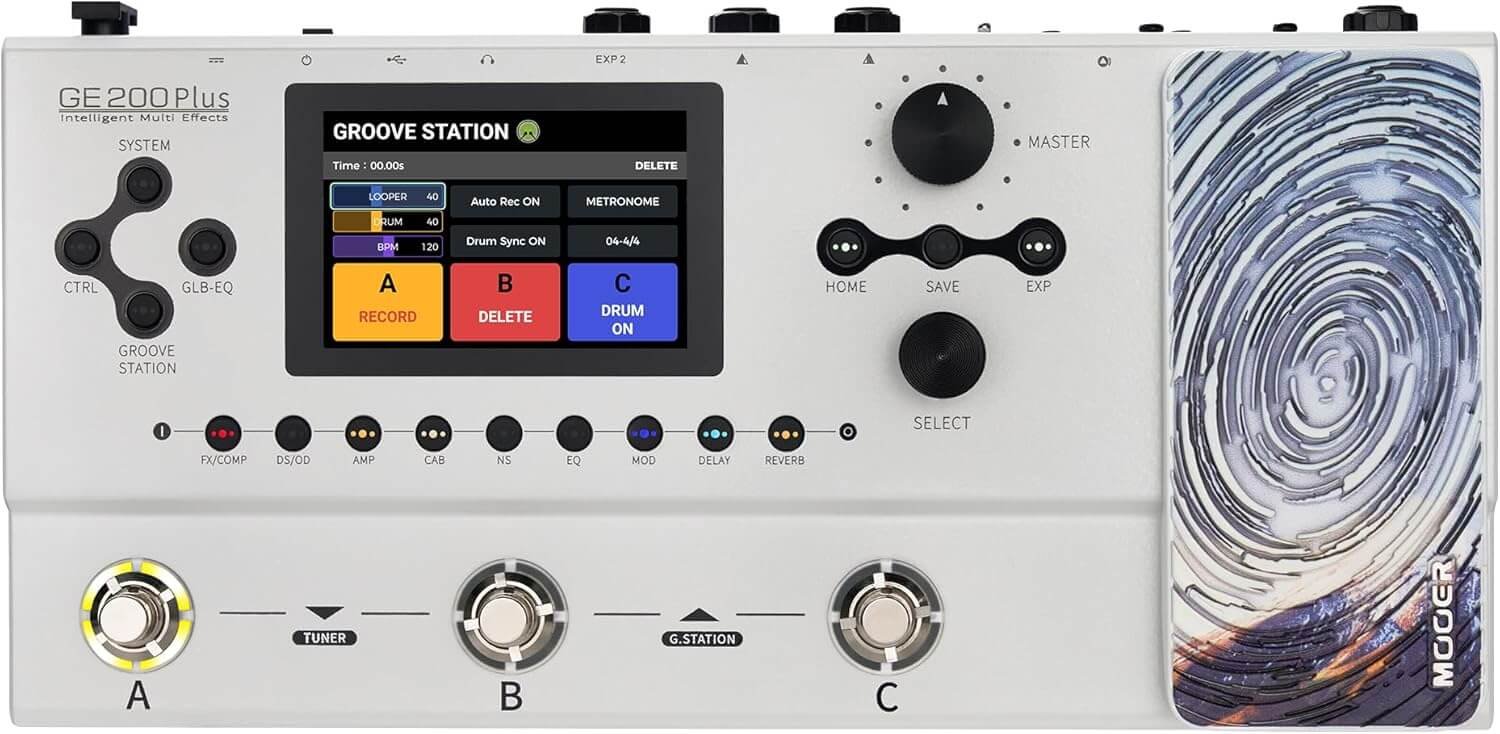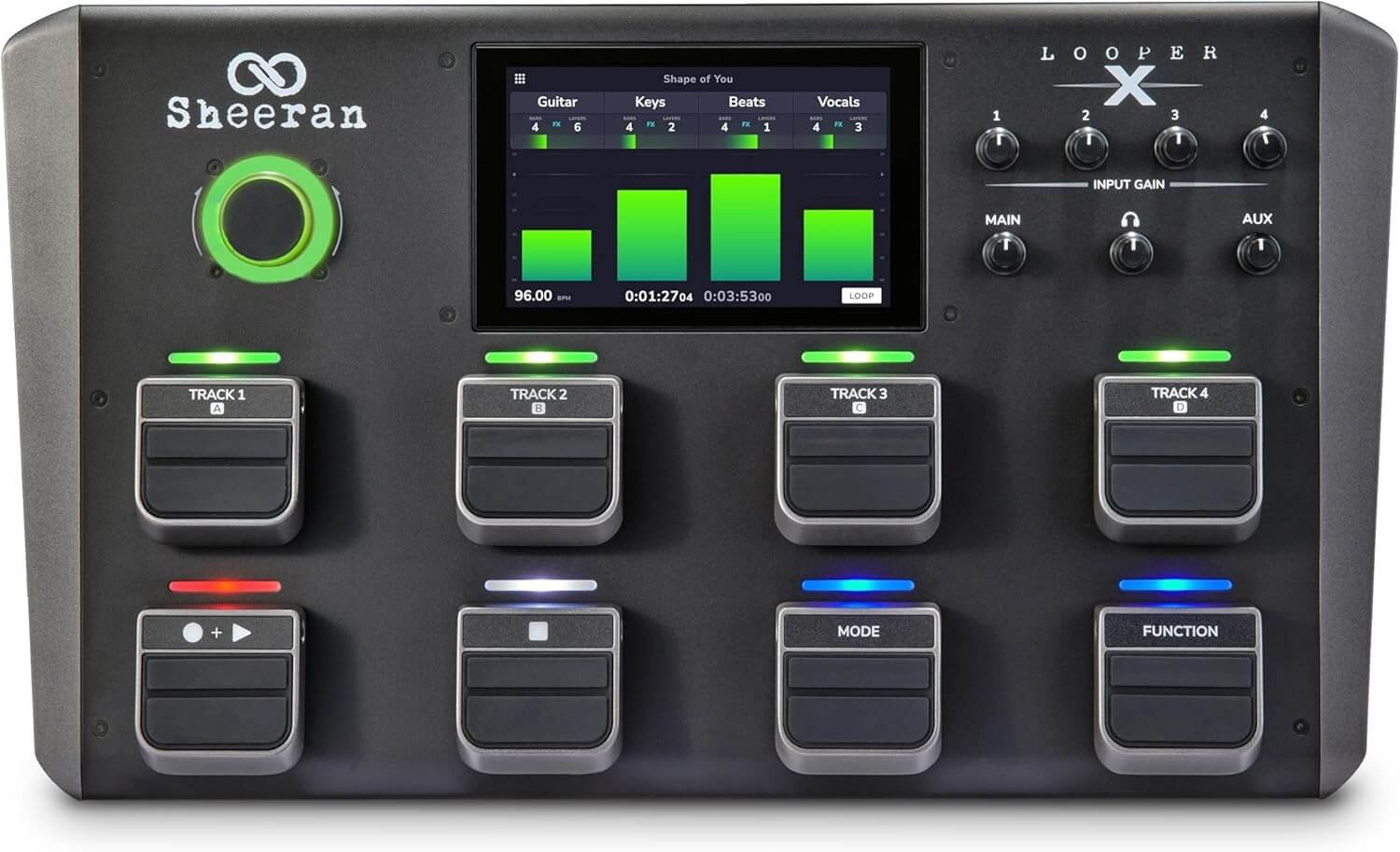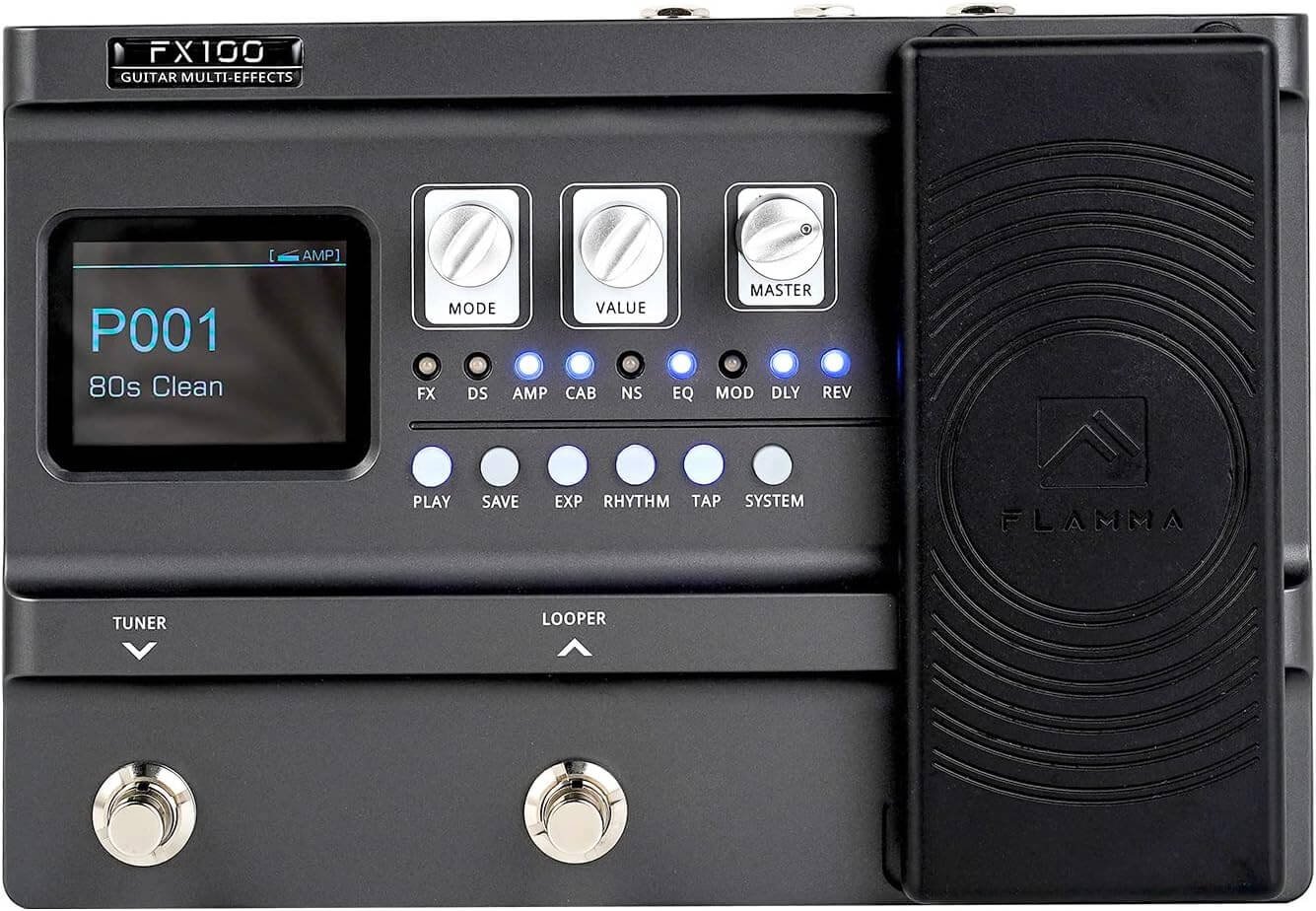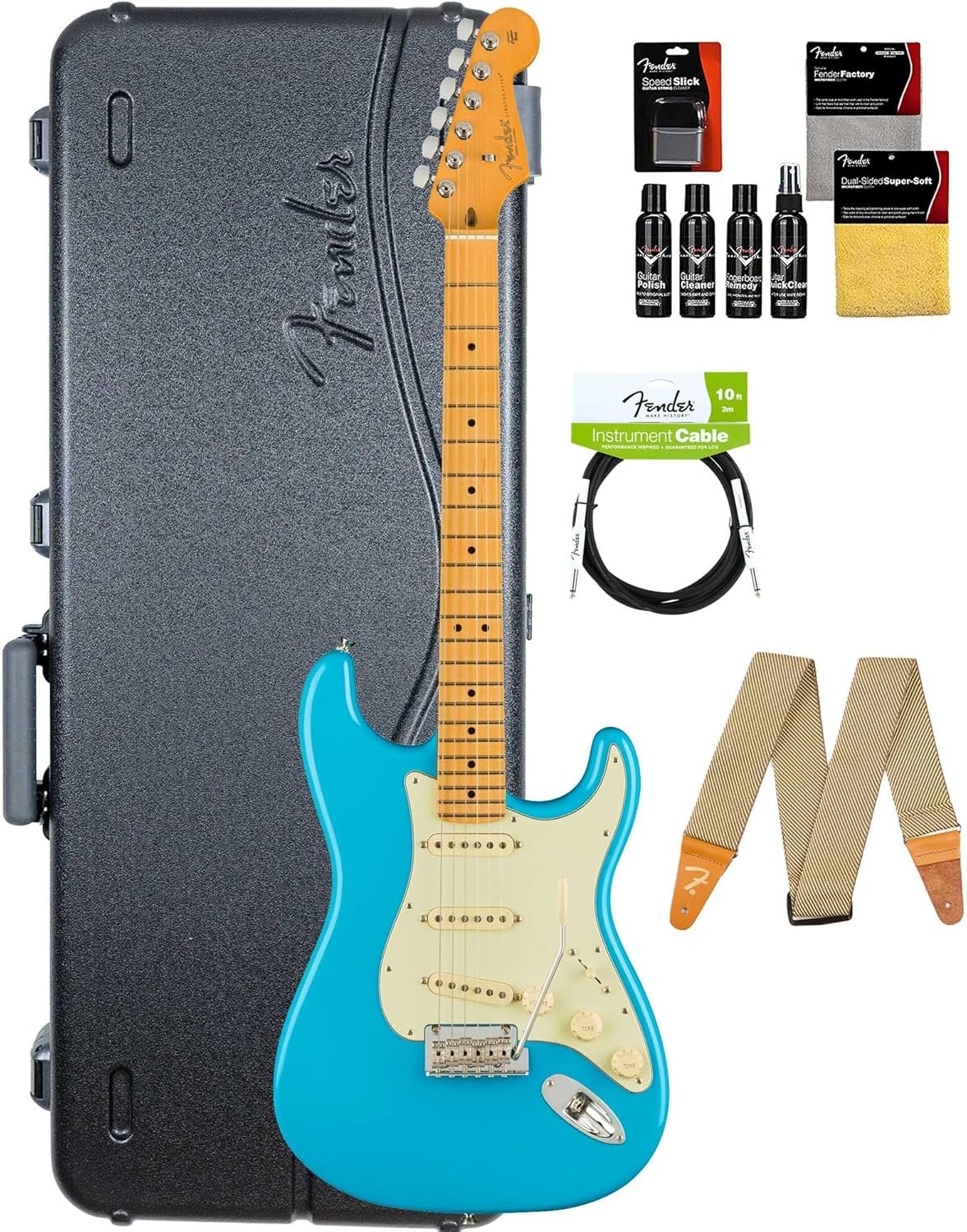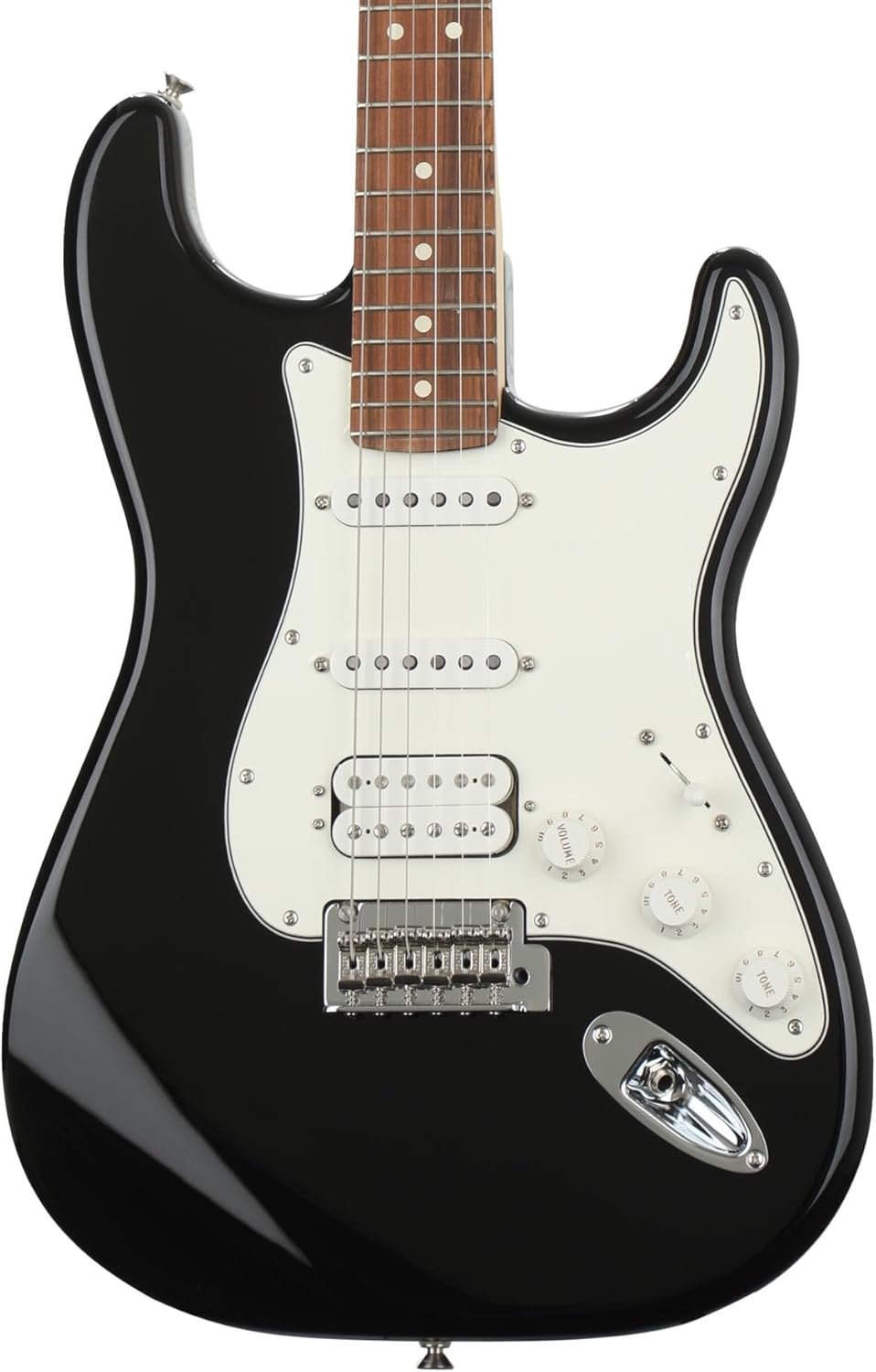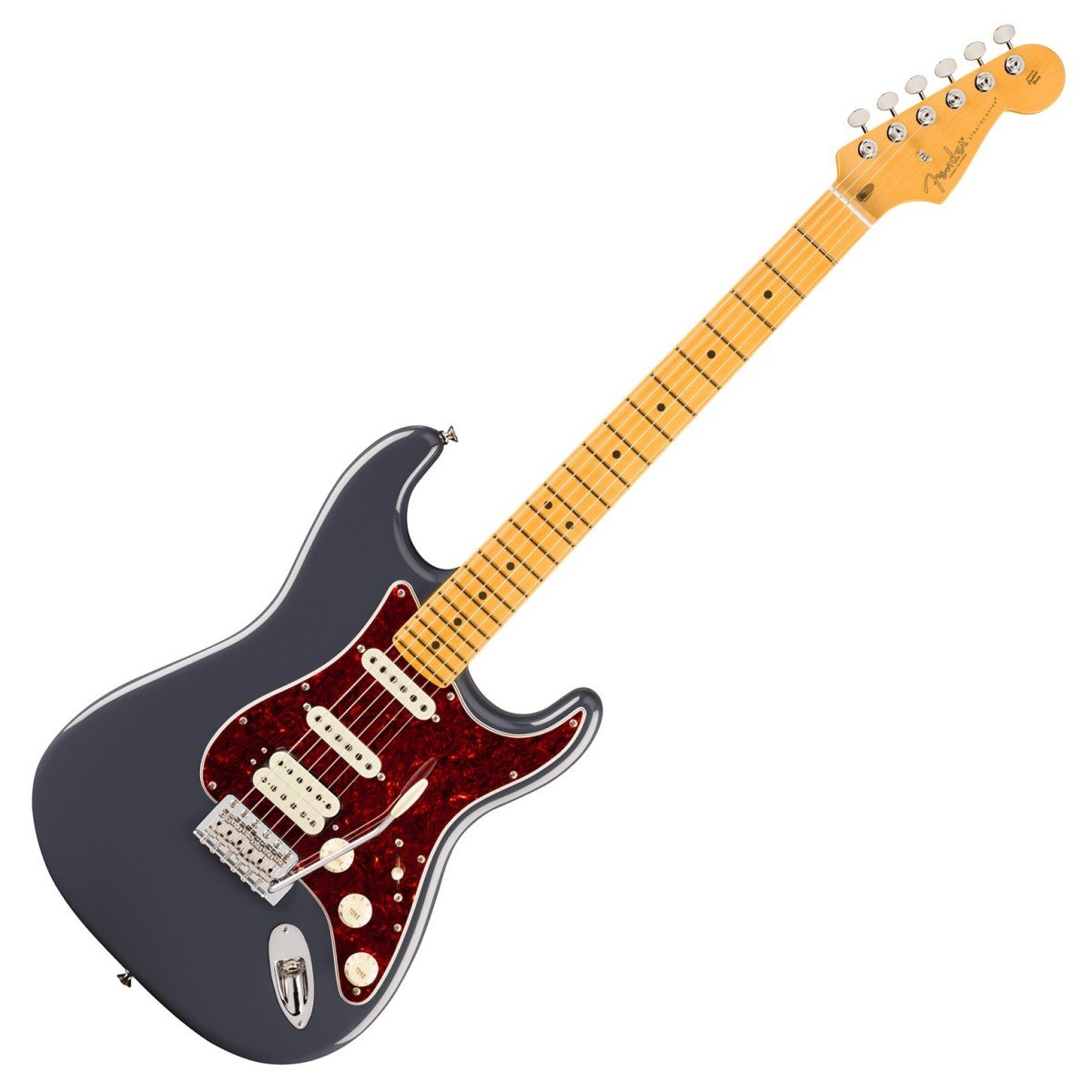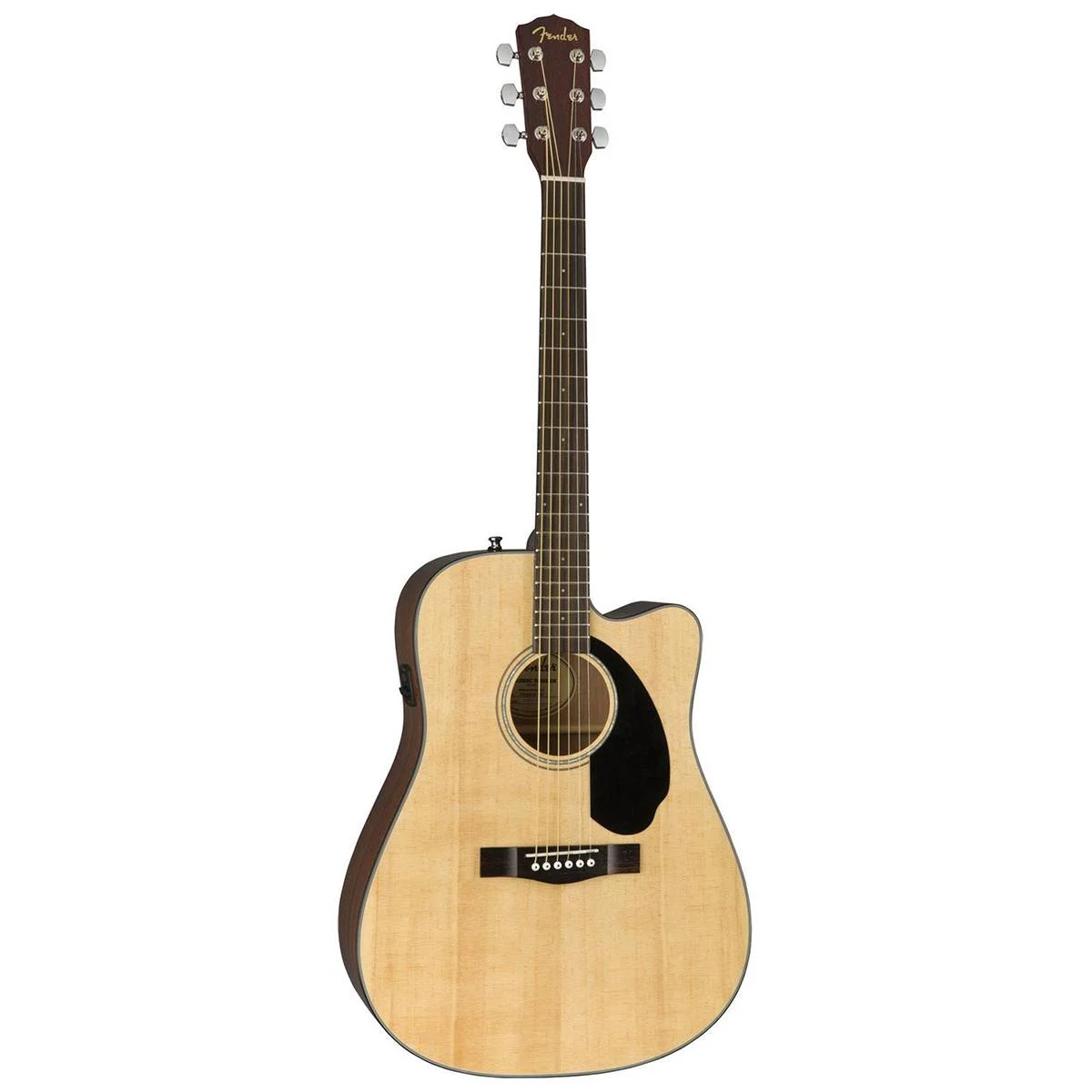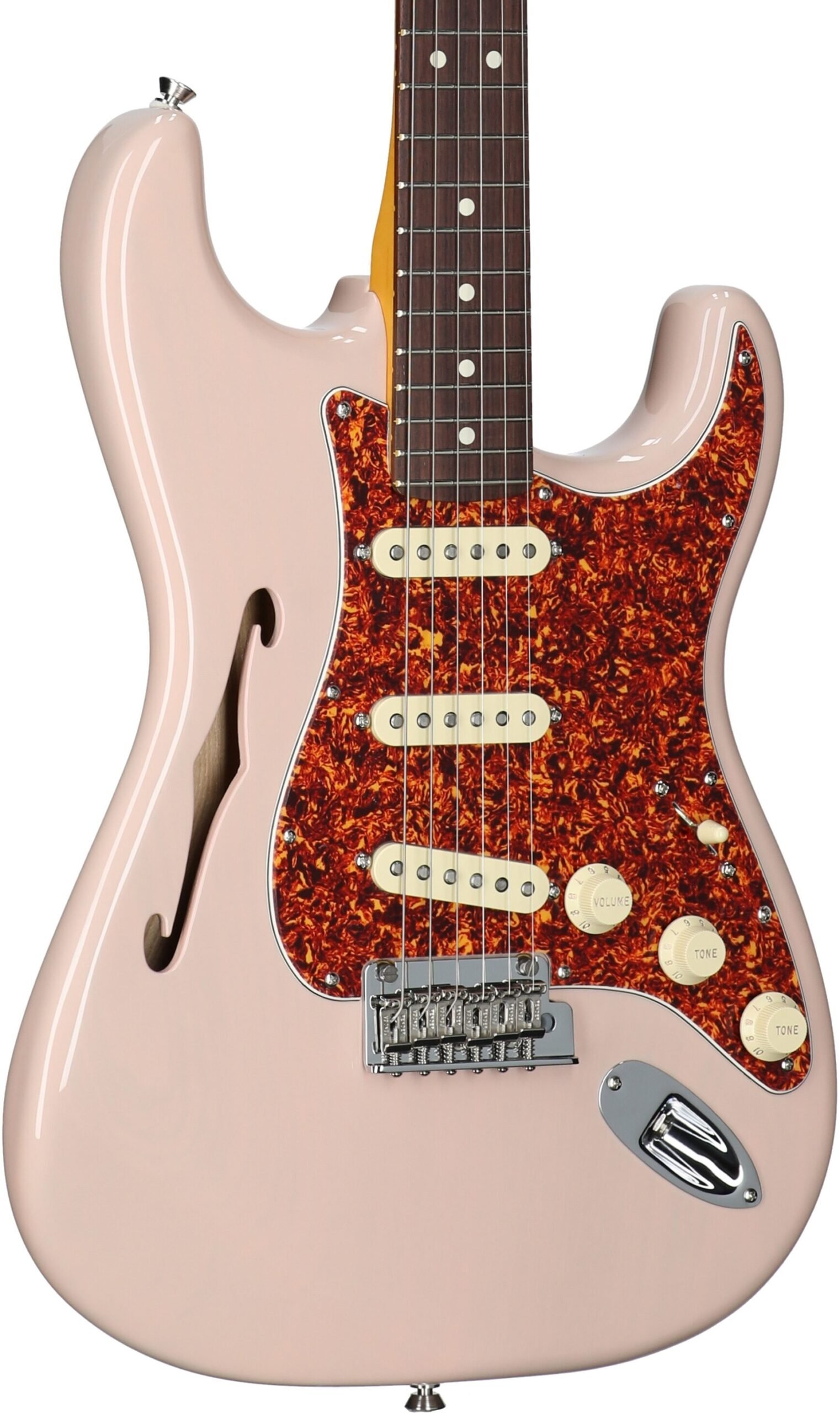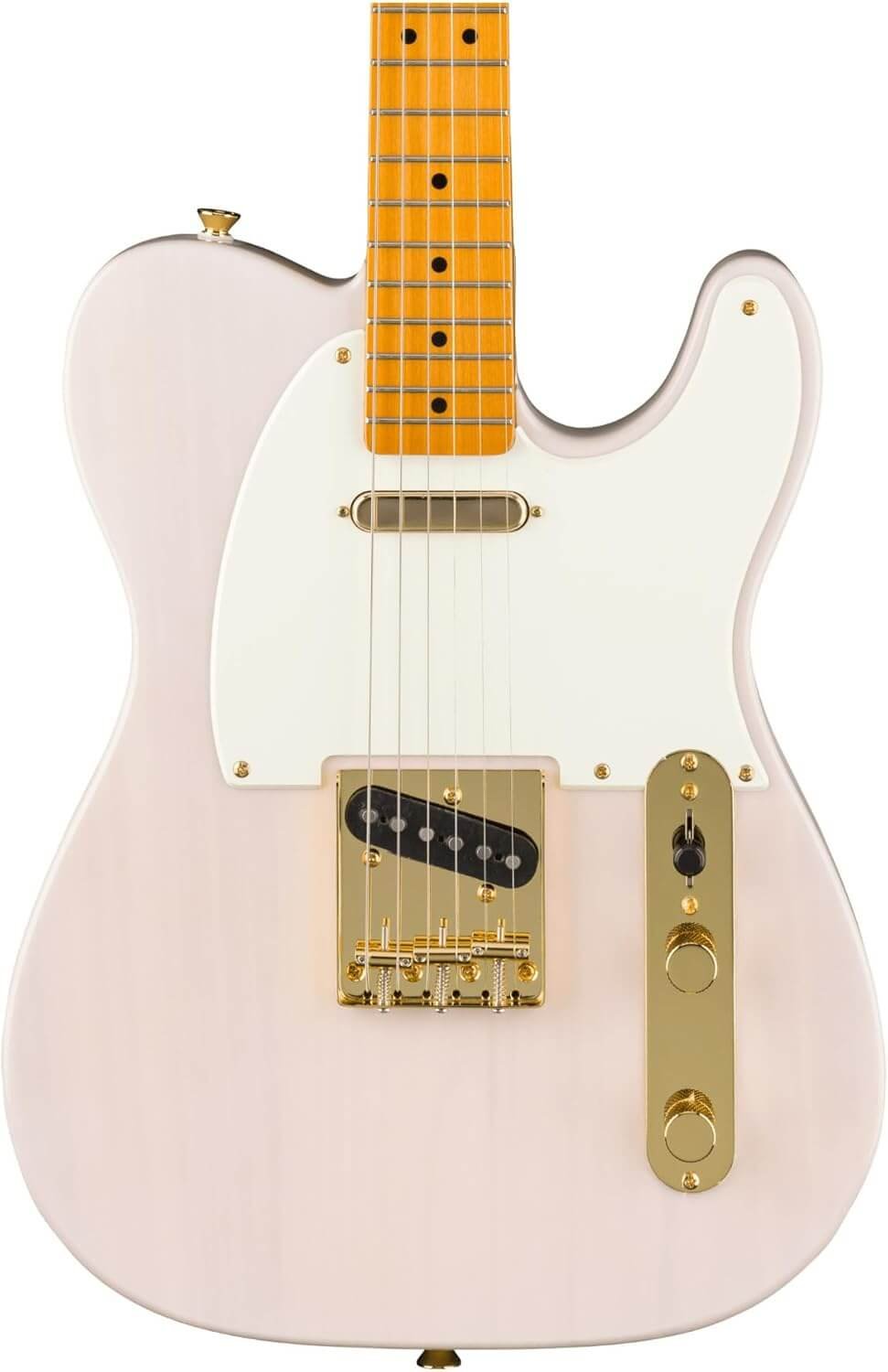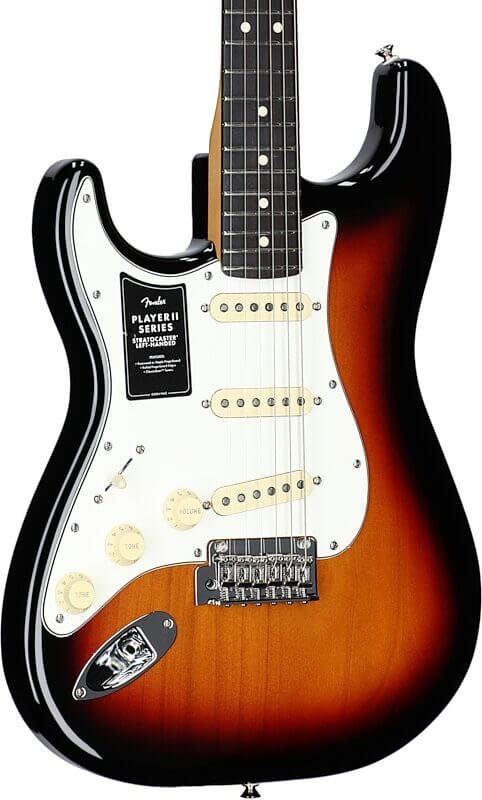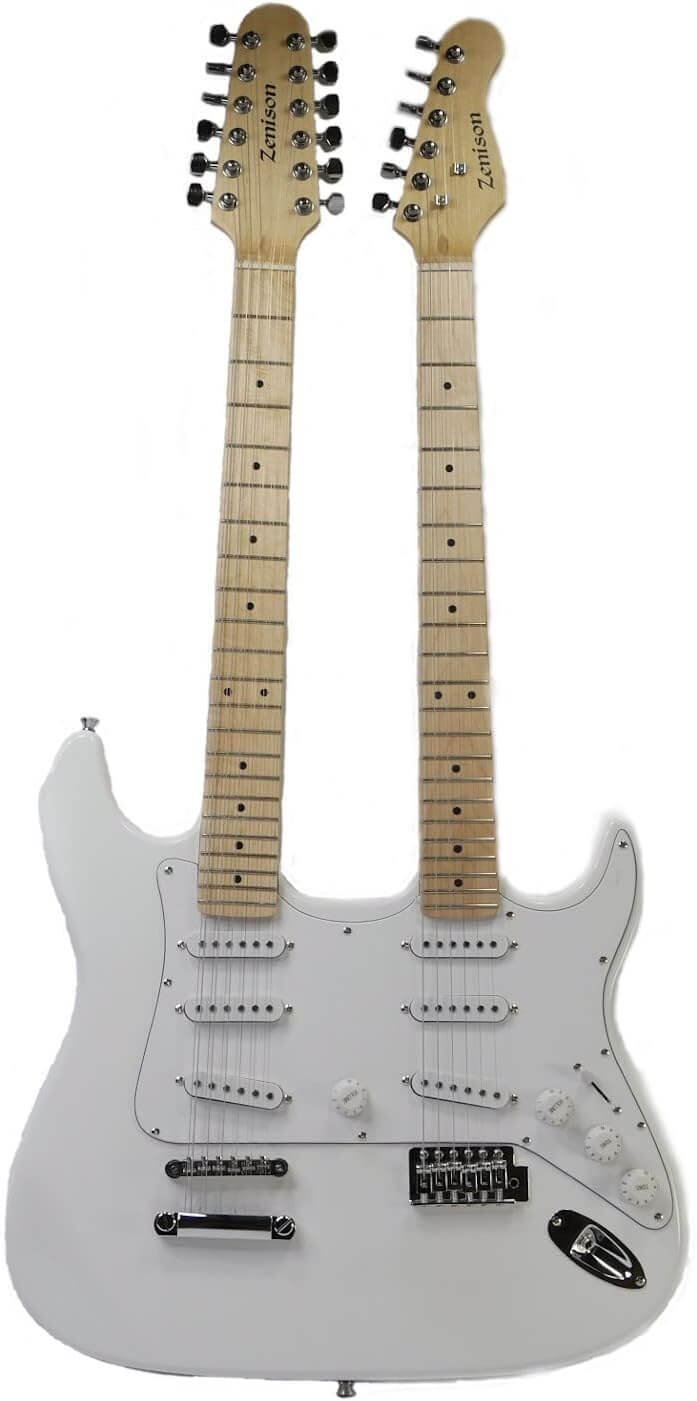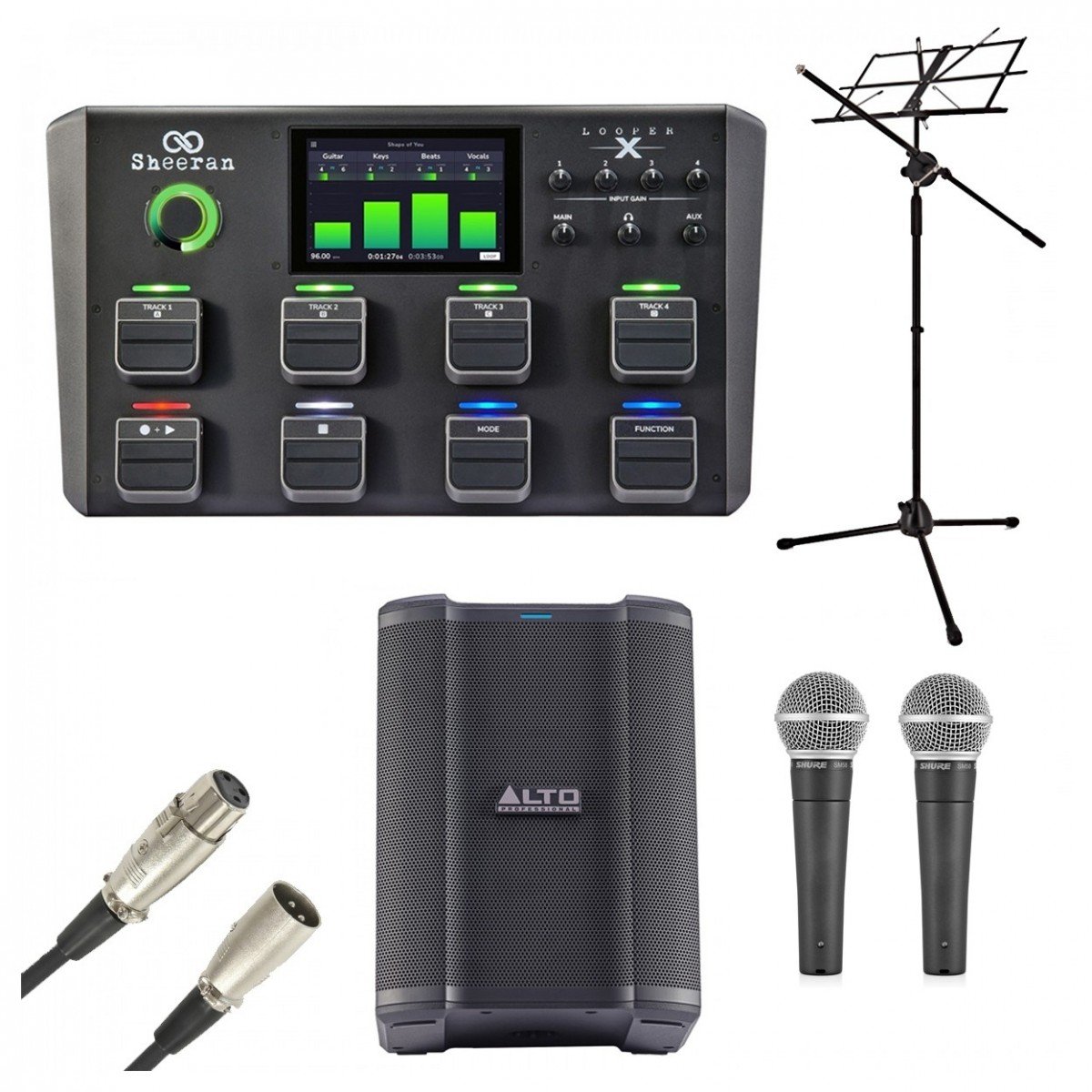Introduction to Guitar Accessories
Guitar accessories play a pivotal role in enhancing the experience of both beginner and seasoned players. While the guitar itself is a central component of music creation, the accessories associated with it can significantly improve comfort, security, and overall enjoyment. From strap locks to capos, the right accessories not only ensure optimal performance but also cater to the unique needs of individual players, thereby facilitating personal expression through music.
One essential category of guitar accessories is the strap, which provides stability and support during performances. A well-chosen strap not only allows for easier handling of the instrument but also contributes to the guitarist’s comfort, particularly during long playing sessions. Additionally, using high-quality strap locks can prevent accidents by securing the guitar firmly to the strap, giving players the confidence to play freely without fear of dropping their instrument.
Another vital aspect of guitar accessories includes picks and capos. Picks influence the tonal quality and playability of the instrument, with a wide variety of materials, shapes, and thicknesses available to suit different styles and personal preferences. Capos offer the ability to change the key of a song without re-tuning, enhancing versatility and allowing greater creativity when playing alongside other musicians or within various musical genres.
Further, guitar maintenance tools, such as polish, strings, and cleaning cloths, are significant because they help maintain the guitar’s sound quality and longevity. Well-cared-for instruments produce better sound and deliver a more enjoyable playing experience. Overall, the selection of appropriate guitar accessories can elevate the playing experience, making each practice session or live performance not just a task, but a joyful expression of musical artistry.
Wall Mount Hanger: Displaying Your Instrument
Utilizing a wall mount hanger for your guitar offers numerous advantages, both practical and aesthetic. One of the primary benefits of this accessory is the efficient use of space. By securing your guitar to the wall, you free up floor space that might otherwise be occupied by a stand. This is particularly valuable in smaller rooms or for musicians who wish to maintain a tidy environment. Moreover, wall-mounted hangers add an organized touch to your space, allowing for easy access to your instrument when inspiration strikes.
Beyond their space-saving characteristics, wall mount hangers elevate the guitar from a mere musical instrument to a captivating piece of art. Many guitarists take pride in their instruments, which often feature intricate designs and vibrant finishes. By displaying guitars on the wall, they become focal points within any room, showcasing both the artistry of the instrument and the owner’s passion for music. This transforms your living space into a personalized gallery, further enhancing your environment and making it more inviting.
When considering the installation of a wall mount hanger, it is crucial to prioritize safety. Choose a mount that is specifically designed for guitars and ensure it can support the weight of your instrument. Installation should be done on a solid wall surface, preferably using wall studs for a secure hold. If necessary, use toggle bolts or wall anchors to provide additional support. Once mounted, ensure the guitar is fitted snugly and securely, reducing the risk of accidents.
In conclusion, a wall mount hanger not only conserves physical space but also serves to elegantly display your guitar, allowing it to shine as a beautiful piece of art. By following appropriate installation practices and prioritizing safety, you can enjoy the benefits of this essential accessory while showcasing your musical passion effectively.
Strap: Choosing the Right One for Your Comfort
When selecting a guitar strap, it is essential to consider various factors that contribute to both comfort and performance. Guitar straps come in a wide range of styles, materials, and widths, each designed to cater to different preferences and playing conditions. Understanding these aspects will help players make an informed decision and enhance their overall playing experience.
One of the primary materials used in guitar straps is nylon, which is known for its durability and lightweight properties. It is suitable for players who seek a strong yet flexible option. Leather is another popular choice, offering a classic look and a soft feel against the skin. Although leather straps tend to be more expensive, they often provide better comfort for long playing sessions. Neoprene straps are also gaining popularity due to their cushioning, which helps to alleviate neck and shoulder strain while playing for extended periods.
Moreover, the width of the strap plays a significant role in comfort. Wider straps distribute weight more evenly across the body, reducing fatigue during performances. A strap that is too narrow might dig into the shoulders, causing discomfort. Players should also consider the adjustable length of the strap, ensuring it can be tailored to match their playing style, whether standing or seated.
Additionally, strap design is worth addressing. Some straps feature padded sections that enhance comfort, while others may have unique designs to showcase personal style or even promote a brand. It’s advisable for musicians to test several options to find a strap that feels right for them. Selecting the correct guitar strap is not merely a matter of aesthetic appeal; rather, it significantly impacts playability and the overall enjoyment of the instrument, particularly during lengthy performances.
Strap Locks: Security That Matters
For guitarists, particularly those who perform actively, strap locks are an indispensable accessory that enhances the overall playing experience. The primary function of strap locks is to secure the guitar strap firmly to the instrument, preventing any accidental drops that can lead to significant damage. This is especially crucial during energetic performances where movement is frequent, and the risk of a mishap increases. Without strap locks, even the most careful guitarist can experience an unfortunate drop that could result in costly repairs or, worse, an irreparable instrument.
Strap locks come in a variety of styles and designs, catering to the diverse preferences of players. The most common types include traditional screw-lock systems and innovative quick-release options. Traditional strap locks are typically installed by replacing the standard strap buttons on the guitar with locking mechanisms that provide a more secure connection. Meanwhile, quick-release systems allow for swift changes between different straps, which can be particularly useful for performers who switch instruments or styles frequently.
Installation of strap locks is generally straightforward, requiring only basic tools, and is a process easily accomplished with a bit of practice. Many manufacturers provide clear instructions to guide users through the installation, ensuring that even those with limited experience can enhance the security of their instrument. Furthermore, users can choose from a range of materials and finishes, ensuring that their strap locks not only serve a functional purpose but also complement the aesthetic of their guitar.
In conclusion, strap locks are vital for any guitarist aiming to elevate their playing experience. By investing in this essential accessory, musicians can ensure that their instruments remain secure during performances, allowing them to focus solely on their craft without the worry of damaging their cherished guitars.
Headstock Strap Adapter: Versatile Support
The headstock strap adapter is an often-overlooked yet essential accessory for guitarists seeking improved stability and comfort while performing. This handy accessory serves as a supplementary support mechanism, allowing musicians to securely attach their guitar strap to the headstock, providing an additional point of contact. Such versatility in support can be particularly beneficial for guitars with unique shapes, such as offset bodies or instruments with non-traditional designs. These distinctive shapes may not always offer the optimal placement for a standard strap, thus making the headstock strap adapter a practical solution.
One of the primary benefits of utilizing a headstock strap adapter is the enhanced security it provides. For performers who move around a lot on stage, ensuring that their guitar remains firmly in place is crucial. By incorporating this adapter, guitarists can minimize the risk of accidental slips or the guitar dropping during dynamic performances. Furthermore, this accessory allows for a balanced weight distribution, alleviating stress on the neck and body of the instrument, contributing to better playability.
The practicality of a headstock strap adapter extends to various scenarios, such as when using extended-length guitar straps. In situations where a traditional attachment point may be too far or restrictive, the adapter offers an ingenious workaround. Additionally, it proves valuable when transitioning between different playing styles, such as switching between sitting and standing positions. The increased adaptability afforded by this accessory enhances the overall playing experience, permitting guitarists to focus solely on their artistry rather than on equipment-related concerns.
In conclusion, the headstock strap adapter stands as a versatile accessory that is indispensable for modern guitarists. Its ability to provide additional support, enhance security, and accommodate unique guitar shapes makes it a worthy addition to any guitarist’s accessory kit.
Picks: Finding Your Perfect Match
When it comes to enhancing your guitar playing experience, the selection of picks—or plectrums—plays a significant role. Guitar picks come in various materials, shapes, and thicknesses, each contributing to your overall tone and playability. Understanding these variations will allow you to find the perfect match that complements your individual style.
The material of the pick is one of the foremost aspects to consider. Common options include plastic, nylon, and even wood or metal. Plastic picks are typically lighter and deliver a brighter tone, while nylon picks often offer a warmer sound and added grip. Wooden picks can provide a unique tonal quality, making them a favorite among certain acoustic guitarists. Metal picks, on the other hand, are relatively rare but can produce a sharper, more articulate sound, suitable for specific musical styles.
Examining the shape of the pick is equally important. Standard shapes, such as the teardrop, are versatile and suit various playing styles. However, there are specialty shapes, like finger-style picks or jazz picks, designed for specific techniques, helping players achieve particular sounds with ease. The choice between a standard and specialty shape ultimately comes down to your personal preference and the genre of music you play.
Thickness is another crucial factor. Thin picks are commonly favored for strumming and rhythm playing, while thicker picks are often used for lead guitar solos as they provide better control and precision. Selecting the appropriate thickness based on your playing style will significantly influence both your comfort and tonal output.
In conclusion, the ideal guitar pick should resonate with your playing style and musical preferences. By thoughtfully considering the material, shape, and thickness of your picks, you can elevate your guitar experience to new heights, allowing for greater expression in your music.
Combining Accessories for Optimal Performance
When it comes to enhancing the overall guitar playing experience, the integration of various accessories plays a pivotal role. Each accessory serves a unique purpose, and when combined thoughtfully, they can dramatically impact a player’s performance. Whether one is a novice or an experienced musician, the appropriate selection and use of guitar accessories can elevate both sound quality and comfort during play.
For instance, the choice of strings is paramount. Different strings can influence tonal characteristics and playability. Pairing high-quality strings with an effective set of picks can enhance attack and clarity, further allowing musicians to express their unique styles. Moreover, using an appropriate capo can change the key of a song without altering finger positions, thus enabling players to navigate complex pieces more effortlessly.
In addition to these fundamental accessories, employing a reliable guitar strap significantly enhances comfort, especially during extended playing sessions. A well-padded strap distributes weight evenly across the shoulder, preventing fatigue and discomfort. It allows musicians to focus better on their technique and performance rather than adjusting their posture. Furthermore, utilizing a tuner ensures that the instrument is always sounding its best, which is crucial for any performance setting. Regular tuning removes the inconsistency in sound that can distract both the player and the audience.
The engagement of these accessories not only contributes to optimized sound quality but also encourages a more enjoyable playing experience. Musicians who invest in these essential guitar accessories are likely to notice an improvement in their playing flow and performance stamina. Overall, the thoughtful combination of accessories can transform practice sessions into enjoyable experiences while also advancing one’s musicality.
Maintaining Your Guitar Accessories
To fully enjoy your musical journey, it is crucial to maintain your guitar accessories properly. A well-maintained accessory not only enhances your playing experience but also significantly prolongs its lifespan. Regular upkeep is instrumental to ensuring that picks, strings, straps, and other essential items remain in optimal condition.
Cleaning your guitar accessories is a fundamental step that should not be overlooked. For instance, guitar strings can accumulate oils and dirt from your fingers, which can hinder their performance and sound quality. To clean them, use a soft cloth to wipe away any residue after each session. Additionally, consider using specialized string cleaners that can provide further protection against corrosion and wear. For guitar picks, a simple wash with soap and water can effectively remove the grime that being in your pocket or on the floor may have introduced.
Storing your accessories correctly is equally important. Guitar picks, for example, can easily be misplaced if not stored in a designated holder. Consider using a small case or pouch to keep them organized. For straps, ensure they are hung properly to avoid creasing. Keeping these items in a dedicated kit will not only help in maintaining their condition but also streamline the process of setting up your guitar before playing.
Regularly checking the condition of your guitar accessories is critical. Over time, wear and tear can lead to diminished performance. For instance, always inspect your guitar strings for signs of fraying or rust, as using worn strings can negatively impact your sound. Similarly, keep an eye on your strap’s stitching and material integrity. Investing just a few moments in maintenance can vastly improve your overall playing experience and extend the life of your essential accessories.
Conclusion: Investing in Your Musical Journey
Investing in a quality guitar accessories kit is a significant step towards enhancing your overall musical journey. Each component of the kit serves not only as a tool but also as a catalyst for your growth and enjoyment as a guitarist. Accessories such as tuners, picks, straps, and maintenance tools play pivotal roles in ensuring that your instrument remains in top condition, allowing for a seamless playing experience.
Starting with a reliable tuner, for instance, any guitarist understands the importance of being in tune. A well-tuned guitar enables better performance at practice sessions, jam gatherings, or live performances. When a musician knows their guitar is accurately tuned, it fosters confidence and enhances the overall sound quality. Similarly, high-quality picks can greatly influence a player’s expression and style, offering variations in attack and tonal nuances.
Moreover, a comfortable strap can make a significant difference during lengthy playing sessions, minimizing fatigue and enabling free movement. The right strap not only adds comfort but also reflects personal style, allowing musicians to express themselves beyond the notes they play. Furthermore, investing in essential maintenance tools ensures that your guitar remains in great shape, extending its life and preserving its acoustic integrity.
Ultimately, each accessory contributes to an enriched playing experience, making your musical journey more rewarding and enjoyable. The thoughtful selection of guitar accessories empowers you to express your creativity and elevate your playing skills. Therefore, as you contemplate your tools for the trade, consider how each chosen accessory aligns with your musical aspirations and enhances your relationship with the guitar.

